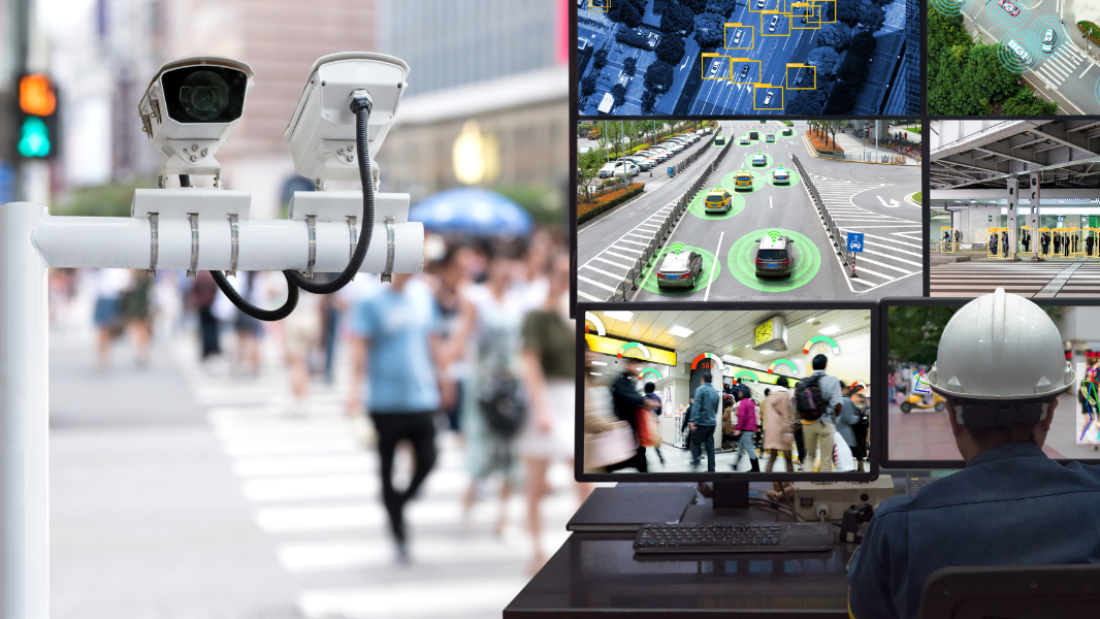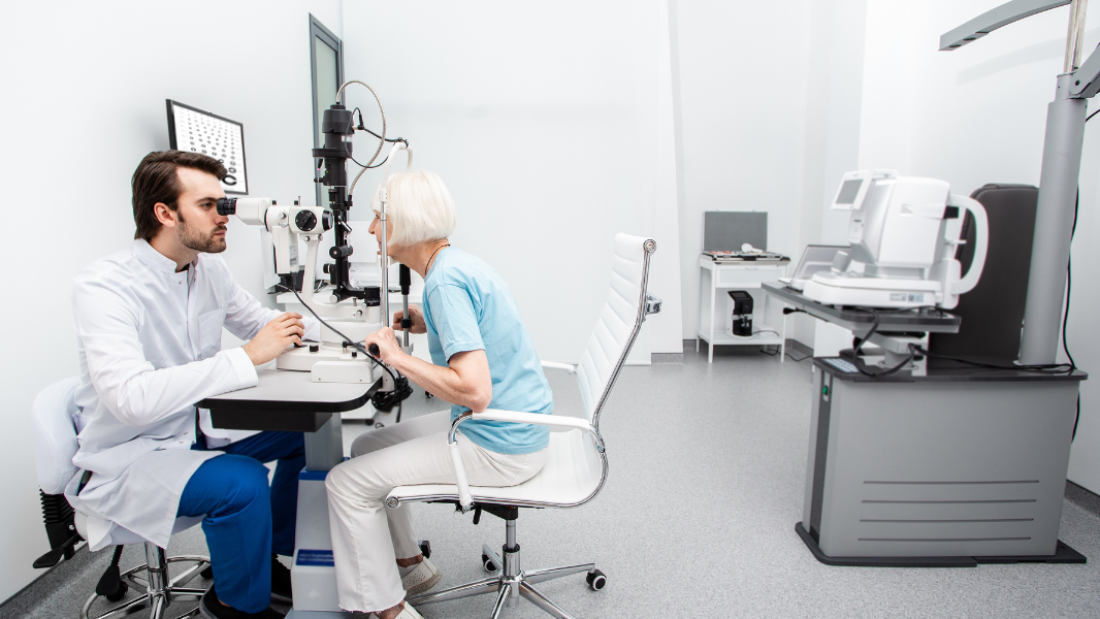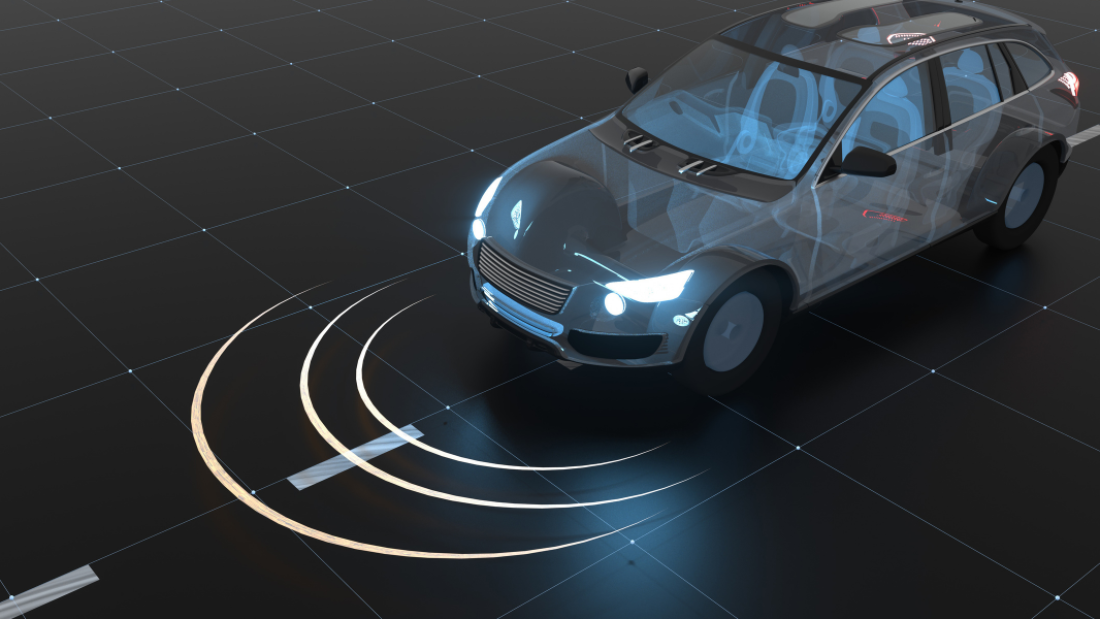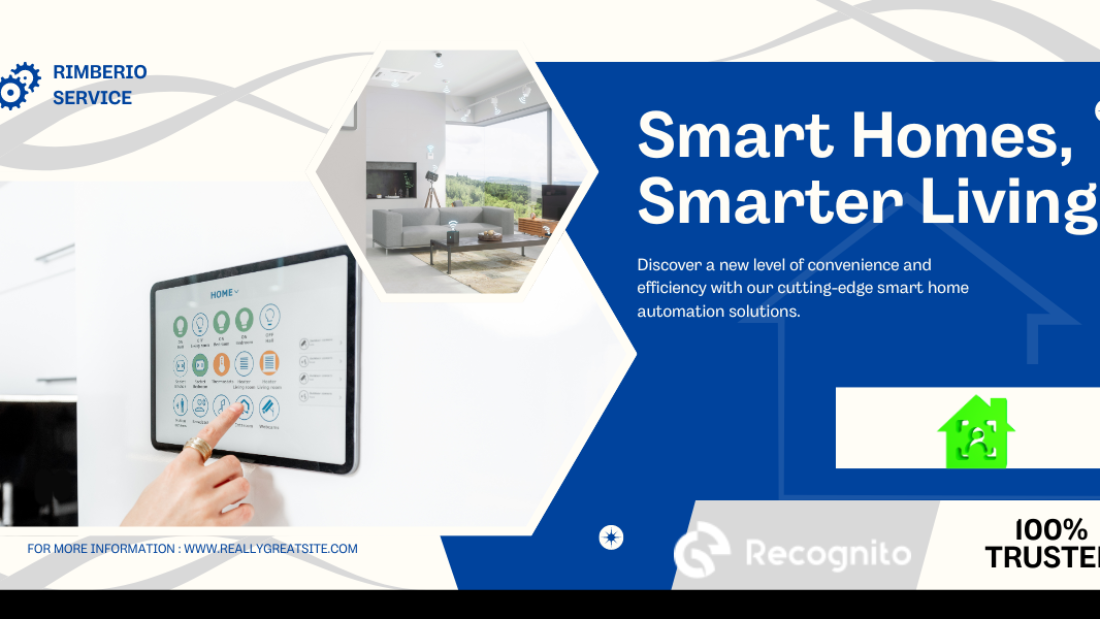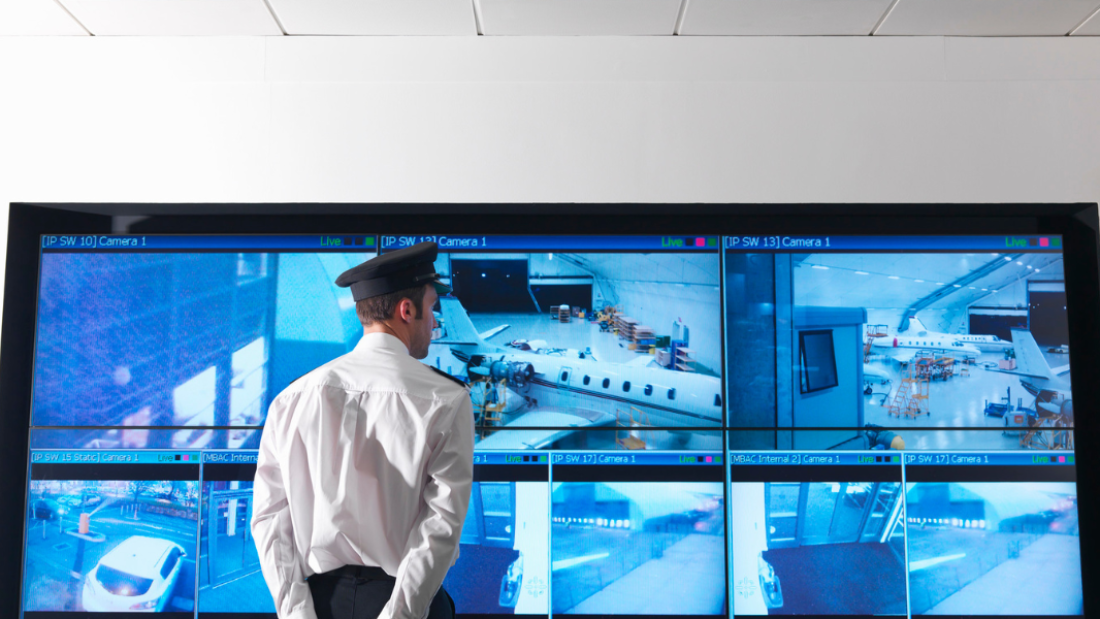Did you know that over 90% of businesses believe utilizing face analytics can enhance customer experiences and boost sales? Dive into the world of face analytics, where cutting-edge technology meets consumer insights. Discover how analyzing facial expressions can revolutionize marketing strategies, personalize user experiences, and optimize product development. Uncover the potential of this innovative tool in understanding customer behavior, preferences, and emotions like never before. Stay ahead of the curve by harnessing the power of face analytics to drive business growth and create meaningful connections with your target audience.
Understanding Secure Face Analytics
Data Protection
Secure face analytics involves utilizing advanced technologies to analyze facial features while prioritizing data protection. This technology ensures that sensitive facial data is processed and stored securely to prevent unauthorized access.
Facial recognition algorithms play a crucial role in identifying individuals accurately, but it’s equally essential to safeguard this information from potential breaches. By implementing robust security measures, organizations can maintain the integrity and confidentiality of the data collected through face analytics.
Privacy Preservation
One key aspect of secure face analytics is its ability to analyze facial features while preserving individual privacy. This means that the technology focuses on extracting relevant information for identification purposes without compromising personal data.
By employing techniques such as anonymization and encryption, organizations can protect the privacy of individuals whose faces are being analyzed. This ensures that only authorized personnel can access and utilize the facial data for legitimate purposes, enhancing overall privacy protection.
Regulatory Compliance
Compliance with regulations like the General Data Protection Regulation (GDPR) is paramount when implementing face analytics solutions. Organizations must adhere to strict guidelines regarding the collection, processing, and storage of facial data to ensure legal compliance.
Under GDPR, individuals have the right to know how their personal data, including facial information, is being used. Organizations must obtain explicit consent for collecting facial data and ensure that proper security measures are in place to prevent any unauthorized access or misuse.
Pros:
Enhanced data security
Improved privacy protection
Legal compliance with regulations
Cons:
Implementation costs
Potential technical challenges
Importance of Personalized Marketing
Enhanced Customer Engagement
Personalized marketing tailors content to individual preferences, increasing customer engagement and loyalty. By analyzing facial expressions through face analytics, companies can customize marketing messages based on emotional responses.
This tailored approach creates a more personalized experience for customers, leading to higher levels of interaction with brands. For instance, by recognizing a customer’s smile in response to a product, companies can deliver targeted promotions that resonate with their emotions.
Impact on Consumer Behavior
Tailored experiences have a significant impact on consumer behavior. When consumers feel understood and valued, they are more likely to make repeat purchases and become brand advocates. Face analytics enables businesses to understand customer emotions and preferences, allowing them to create relevant and engaging marketing campaigns.
By utilizing personalization efforts based on facial expressions, companies can cater to individual needs and desires effectively. This not only boosts customer satisfaction but also drives brand loyalty and positive word-of-mouth referrals.
Effectiveness in Increasing Conversion Rates
Personalized strategies have proven to be highly effective in increasing conversion rates. By delivering targeted messages that resonate with customers’ emotions, businesses can drive higher conversion rates and sales. Face analytics plays a crucial role in identifying emotional cues that guide personalized marketing efforts.
Through the use of personalization techniques, companies can create compelling calls-to-action that prompt immediate responses from customers. This results in a higher likelihood of conversions and sales as customers feel a deeper connection with the brand.
Facial Recognition Technology
Mechanics
Facial recognition technology operates by analyzing unique facial features through sophisticated AI algorithms. These algorithms identify key facial landmarks, such as the distance between eyes or the shape of the nose, to create a digital facial signature. This signature is then compared to a database of known faces for identification or verification purposes.
Applications
Security: Various industries, including law enforcement and airports, utilize facial recognition for security purposes. It helps in identifying suspects or verifying identities.
Retail: Retailers employ facial recognition to analyze customer demographics and behavior for targeted marketing strategies.
Healthcare: In healthcare, facial recognition assists in patient identification and monitoring vital signs through facial expressions.
Advancements
Recent advancements have significantly improved the accuracy and speed of facial recognition systems. AI technologies have enhanced the capabilities of these systems to recognize faces in diverse lighting conditions, angles, and even with partial obstructions. The integration of Artificial General Intelligence (AGI) has further refined the accuracy of facial recognition systems.
Industries
Law Enforcement
Retail
Healthcare
Banking
Accuracy Enhancements
Improved Algorithms: Continuous advancements in AI tools have led to more precise facial recognition algorithms.
Enhanced Processing Speed: The processing speed of facial recognition systems has increased, allowing for real-time identification and analysis.
Real-Time Data Collection
Immediate Insights
Real-time data collection enables businesses to gather information instantaneously, providing immediate insights for quick decision-making. By analyzing data as it is generated, companies can stay up-to-date with the latest trends and customer behaviors. This allows them to adapt strategies promptly based on current market conditions.
Benefits:
Instantaneous access to current data
Ability to make timely decisions
Enhanced agility in responding to market changes
Instant Marketing Decisions
In the realm of marketing, real-time analytics play a crucial role in facilitating instant decision-making. By monitoring customer interactions and behaviors in real-time, businesses can tailor their marketing campaigns to target specific audiences effectively. This targeted approach increases the chances of engagement and conversion, leading to improved marketing outcomes.
Pros:
Personalized marketing strategies
Higher engagement rates
Improved ROI on marketing campaigns
Enhancing Customer Experiences
The utilization of real-time data is instrumental in enhancing customer experiences across various touchpoints. By analyzing customer interactions as they happen, businesses can gain valuable insights into individual preferences and behaviors. This enables them to provide personalized recommendations, offers, and support, leading to heightened customer satisfaction and loyalty.
Key Points:
Tailored customer experiences
Increased customer loyalty
Improved retention rates
Integration with Marketing Platforms
Unified Approach
Integrating face analytics with existing marketing tools involves a systematic approach to leverage intelligent customer service platforms and digital marketing channels for enhanced customer engagement. By incorporating conversational marketing tools and AI integration, companies can streamline their marketing efforts across various channels.
The process typically begins with identifying the key touchpoints where face analytics can be integrated, such as on the company website or within contextual chatbot support. This integration allows for real-time data collection, enabling marketers to tailor their strategies based on customer interactions and preferences.
Advantages of Unified Platform
A unified platform that combines face analytics with marketing tools offers several advantages for data-driven marketing strategies. Marketers can gain deeper insights into customer behavior, preferences, and demographics, allowing for more targeted and personalized marketing campaigns. By analyzing facial expressions and reactions, companies can tailor their messaging to resonate better with their target audience.
Moreover, integrating face analytics with marketing platforms enables companies to track the effectiveness of their campaigns in real time. This data-driven approach allows for quick adjustments and optimizations to maximize the impact of marketing efforts. With contextual chatbot support and conversational marketing, companies can engage customers in meaningful conversations that drive conversions and foster brand loyalty.
Case Studies
Several case studies highlight the benefits of integrating face analytics with marketing platforms. For instance, a leading retail company incorporated face recognition technology into its digital signage displays to personalize content based on customer demographics. This led to a significant increase in customer engagement and sales conversion rates.
In another case, a partner marketing firm utilized face analytics to analyze customer reactions during live events and adjust their marketing strategies in real time. By tailoring their messaging to match audience sentiments, they saw a substantial improvement in their initial marketing outreach and conversion rates.
Enhanced Customer Insights
Deeper Understanding
Face analytics plays a crucial role in providing deeper understanding of customer preferences by analyzing facial expressions, emotions, and reactions. By utilizing advanced technologies like facial recognition and emotion detection, businesses can gain valuable insights into how customers feel about their products or services. This enables companies to tailor their offerings to meet the specific needs and preferences of their target audience.
Facial recognition software can identify key emotions such as happiness, surprise, anger, or sadness, providing businesses with consumer insights that go beyond traditional surveys or feedback forms. This harnessing of customer data allows companies to create more personalized experiences for their customers, leading to superior customer experiences and increased customer satisfaction.
Emotional Analysis
Emotional analysis through face analytics is instrumental in shaping marketing strategies by understanding how customers emotionally respond to various stimuli. By analyzing facial expressions during interactions with products or advertisements, businesses can gauge the effectiveness of their marketing campaigns. This creative customer involvement helps in designing marketing messages that resonate with the target audience on an emotional level.
Moreover, emotional analysis enables businesses to identify pain points in the customer journey and improve overall customer centricity. For example, if customers display frustration or confusion while interacting with a product, companies can make necessary adjustments to enhance the user experience. By focusing on effective customer engagement strategies, businesses can build stronger connections with their audience and foster long-term relationships.
Product Development Guidance
Insights derived from face analytics are invaluable in guiding product development processes. By analyzing customer interactions with prototypes or existing products, companies can gather real-time feedback on features, designs, and functionalities. This data-driven approach ensures that products are tailored to meet the needs and preferences of prospective customers, increasing the likelihood of success in the market.
For instance, if facial analysis indicates a lack of interest or engagement during product testing, developers can refine the product to address specific concerns. This iterative process of gathering meaningful customer experiences through face analytics leads to the creation of products that resonate with consumers on a deeper level.
Improved Campaign Effectiveness
Ad Targeting
Face analytics plays a crucial role in optimizing ad targeting by analyzing facial expressions and reactions to tailor advertisements. By utilizing this technology, companies can strategize on where and when to place their ads for maximum impact.
Successful campaigns leverage face analytics to ensure engagement with the target audience, leading to increased efficiency in ad placements and higher chances of success. Companies like Omnicom Precision Marketing Group have integrated face analytics into their strategies to achieve significant shifts in ad performance.
Higher ROI
The correlation between analytics-driven campaigns and higher ROI is evident through the precise data collected from face analytics. By understanding consumer reactions and preferences, companies can make informed decisions that result in improved campaign management and ultimately, higher returns on investment.
Leaders in the industry recognize the importance of incorporating face analytics into their marketing approach to drive better results. Through accurate metrics provided by face analytics, companies can adapt and make necessary changes to their campaigns in real-time, ensuring a focus on what truly resonates with their target audience.
Successful Campaign Examples
Campaigns that have successfully utilized face analytics have seen remarkable shifts in their performance metrics. By leveraging precision data gathered through facial recognition technology, these campaigns have been able to tailor their messaging and visuals to align with consumer preferences effectively.
One notable example is a campaign that used face analytics to analyze customer reactions to different ad variations. By training AI algorithms on third-party data, the company was able to create personalized ads that resonated with their target audience, resulting in a significant increase in engagement and ROI.
Real-World Examples
Retail Success
Companies like Sephora have leveraged face analytics to enhance customer experiences. By analyzing shoppers’ facial expressions, they tailor product recommendations, leading to increased sales. MAC Cosmetics also utilizes this technology to offer personalized makeup suggestions based on customers’ emotions.
Implementing face analytics has enabled these companies to gain valuable insights into customer preferences and behaviors. Through tracking facial reactions, they can adjust marketing strategies in real-time, improving overall customer satisfaction and loyalty.
Entertainment Industry
In the entertainment sector, Netflix uses face analytics to recommend content based on viewers’ emotional responses. By understanding audience reactions, they optimize content creation and delivery, resulting in higher viewer engagement and retention rates. Similarly, Disney employs this technology in theme parks to personalize guest experiences.
The integration of face analytics has revolutionized how entertainment companies engage with their audiences. By analyzing emotional cues, they can tailor offerings to meet consumer expectations, ultimately boosting customer retention and brand loyalty.
Addressing Challenges and Ethics
Common Challenges
Face analytics implementation faces challenges related to accuracy, especially in diverse populations with varying skin tones and facial features. Ensuring reliable results across different demographics remains a significant hurdle for developers.
The issue of bias in algorithms used for face analytics poses a critical challenge. Algorithms can inadvertently perpetuate discrimination based on race, gender, or other factors, leading to inaccurate or unfair outcomes.
Ethical Considerations
Privacy concerns arise due to the sensitive nature of facial data collected through analytics. Users may not always be aware of how their data is being used, raising questions about consent and data protection regulations.
Ensuring transparency in data collection processes is crucial to address ethical concerns. Users should have clear information on how their facial data is gathered, stored, and utilized to maintain trust and respect privacy rights.
Importance of Transparency and Accountability
Maintaining transparency and accountability in face analytics practices is essential for fostering trust with users. Companies must be open about their data collection methods, storage practices, and usage policies to ensure ethical standards are upheld.
Accountability plays a key role in addressing potential misuse of facial data. Establishing clear guidelines and oversight mechanisms helps prevent unethical practices such as unauthorized data sharing or profiling based on facial recognition technology.
Future Trends in Marketing
AI Advancements
Artificial Intelligence (AI) advancements are poised to revolutionize future marketing efforts through enhanced face analytics capabilities. By leveraging AI algorithms, marketers can extract valuable insights from facial expressions, eye movements, and micro-expressions to gauge consumer emotions accurately. This data can inform targeted marketing strategies tailored to individual preferences and behaviors.
AI-driven digital marketing frameworks will enable brands to personalize content delivery based on real-time emotional responses, fostering deeper connections with consumers. As AI continues to evolve, it will empower marketers to anticipate consumer needs proactively, leading to more effective marketing approaches and increased brand loyalty.
Ethical Considerations
With the proliferation of digital marketing technologies, ethical considerations are becoming increasingly crucial in shaping future marketing strategies. As consumers become more aware of how their data is utilized, brands must prioritize transparency and data privacy to build trust and credibility. Implementing ethical guidelines in marketing practices not only safeguards consumer privacy but also enhances brand reputation in an era where ethical values hold significant sway.
Ethical digital marketing leaders recognize the importance of aligning marketing strategies with consumer values and expectations. By integrating ethical considerations into every aspect of their marketing efforts, brands can establish long-term relationships with customers built on trust and integrity.
Impact on Business
The integration of advanced face analytics technologies in marketing strategy holds immense potential for businesses seeking to stay ahead in a competitive landscape. By harnessing the power of facial recognition technology, companies can gain valuable insights into consumer preferences and behaviors, enabling them to tailor products and services to meet evolving demands effectively.
Incorporating AI-driven face analytics into gen AI sales processes can streamline customer interactions and enhance overall user experience. Businesses that embrace these cutting-edge technologies stand to gain a competitive edge by delivering personalized solutions that resonate with their target audience.
Closing Thoughts
In a world driven by data and personalization, integrating secure face analytics into your marketing strategies can revolutionize how you engage with your customers. By harnessing the power of facial recognition technology for real-time data collection, you can gain deeper customer insights, enhance campaign effectiveness, and stay ahead of the curve in the dynamic marketing landscape. Addressing challenges and ethical considerations while keeping an eye on future trends will be crucial for leveraging this technology effectively.
Embrace the opportunities that face analytics offer to elevate your marketing efforts and connect with your audience on a more personalized level. Stay informed, adapt to the evolving trends, and explore innovative ways to incorporate this technology ethically. Your commitment to staying at the forefront of marketing advancements will not only drive results but also build trust and loyalty with your customers.
Frequently Asked Questions
What is the significance of secure face analytics?
Secure face analytics ensures the protection of sensitive facial data, maintaining privacy and compliance with regulations. By safeguarding this information, businesses can build trust with customers and avoid potential security breaches.
How does facial recognition technology benefit marketing strategies?
Facial recognition technology enables personalized marketing campaigns by analyzing customer emotions and reactions. This data helps tailor content to individual preferences, increasing engagement and improving overall campaign effectiveness.
How can real-time data collection enhance customer insights?
Real-time data collection provides immediate access to customer behavior and preferences, allowing businesses to make informed decisions quickly. This leads to improved customer insights, enabling personalized interactions that drive engagement and loyalty.
Can integrating face analytics with marketing platforms streamline operations?
Integrating face analytics with marketing platforms automates data processing and analysis, saving time and resources. This streamlined approach enhances efficiency in targeting the right audience with personalized content, ultimately boosting campaign performance.
What are some real-world examples of face analytics applications in marketing?
Real-world examples include using facial recognition for personalized product recommendations, analyzing customer reactions to advertisements, and creating interactive experiences based on emotional responses. These applications showcase the versatility and effectiveness of face analytics in modern marketing strategies.


